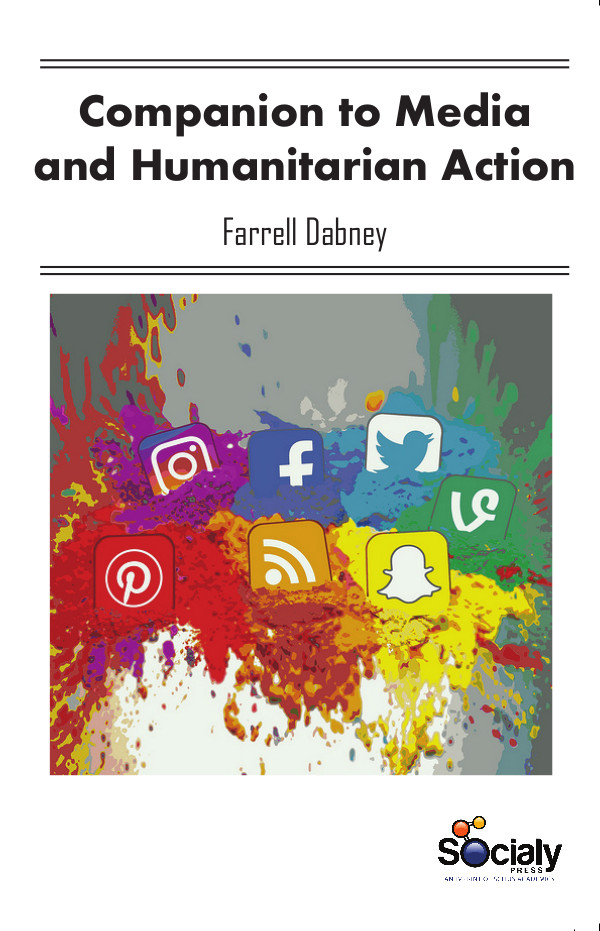The different components that make up civil society, such as social movements, trade unions, NGOs, and the media, often interact in a way that generates or motivates actions or reactions that impact the state of a conflict. Any attempt to capture the vigor, complexity, and idiosyncrasies of interaction among government policymaking institutions, humanitarian organizations, and the media will suffer form oversimplification. Interactions among the three are complex. Governments not only make policy but also have their own implementing humanitarian agencies. Many governmental and private humanitarian organizations seek to influence the processes and results of public policy formation. All implementing agencies are subject to decisions reached by policymakers and may be subject to media scrutiny. All those with an interest in humanitarian crises, whether governmental, intergovernmental, or private, share analytical and operational problems. Whether a disaster is conveyed in the media and how this is done depends on numerous criteria, which are infrequently publicized to the recipients and especially the persons involved in the disaster. Major disasters such as the Haiti earthquake in 2010 or the triple disaster in Japan in 2011 are events that are picked up by the media worldwide and can create fear, compassion and feelings of powerlessness in the recipient. The media bring images, as well as emotions, to our living rooms. This is important for NGOs because of the power of the media, where competing commercial companies are particularly prominent due to circulation or audience.
Companion to Media and Humanitarian Action explores the interconnections between media, old and new, and the humanitarian challenges that have come to define the twenty-first century. It introduces the complex humanitarian arena in which the news media, humanitarian institutions and government policymakers interact. We analyze each of these institutions with reference to its agendas and interests, its range of responses to humanitarian crises, and its limitations. It presents various frameworks for analyzing the timing, level and degree of news media impact on government policymaking and humanitarian action. It examines the relationship among the news media, government policymakers and humanitarian organizations. Studies of media practices and content analysis and evaluation of media coverage and representations of humanitarian emergencies and affairs offer further insight into the ways in which strategic communications are designed and implemented in field of humanitarian action.













